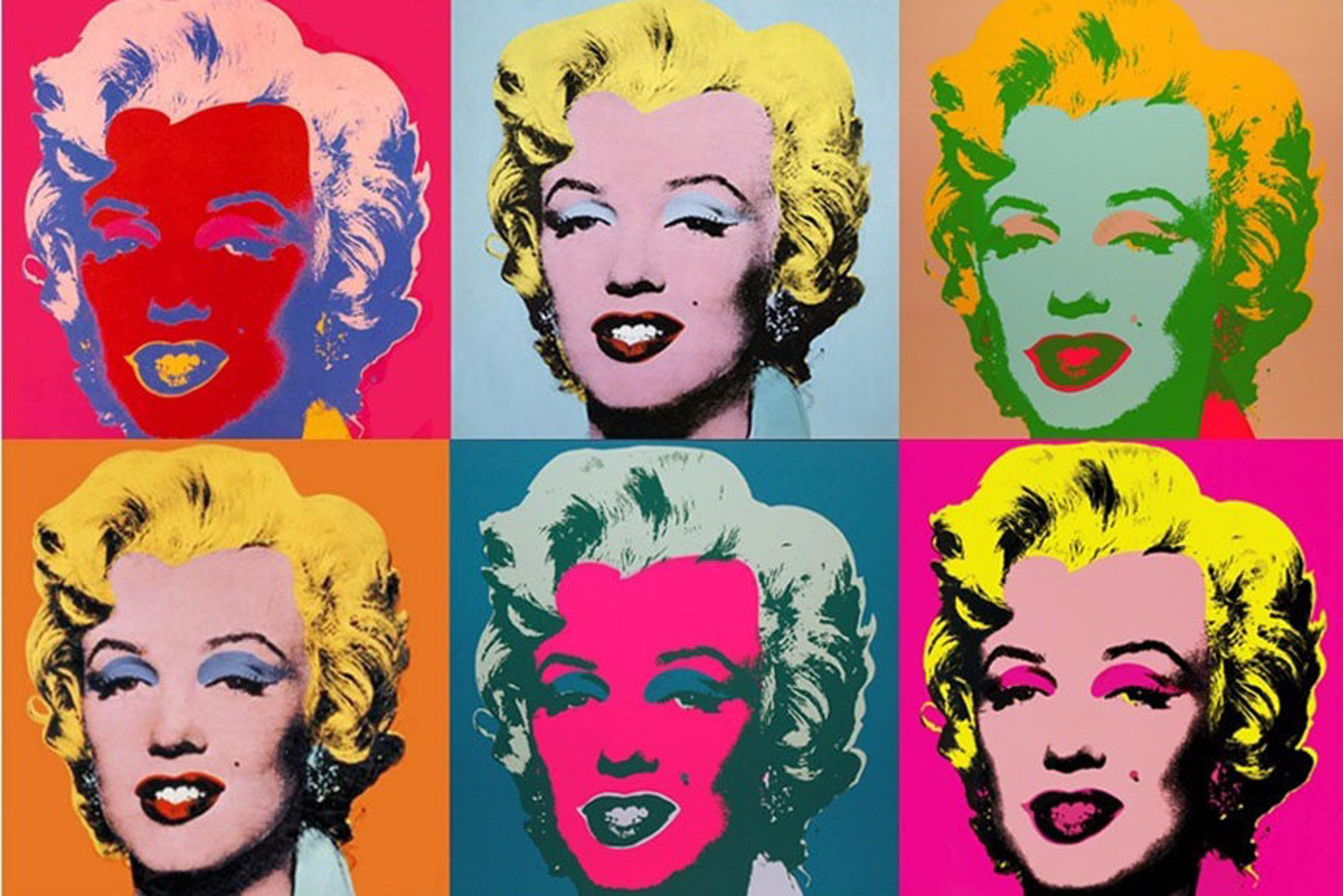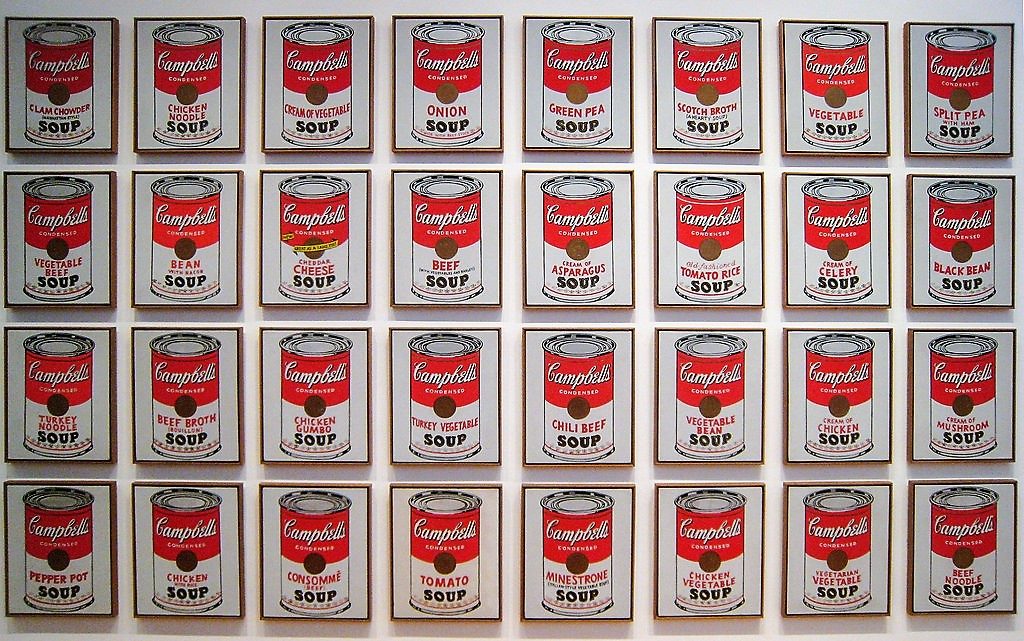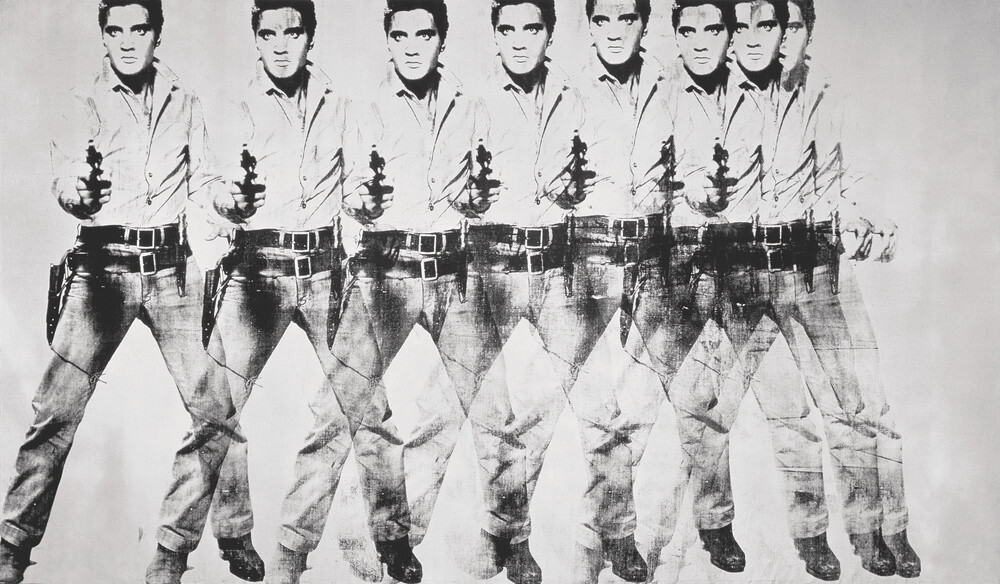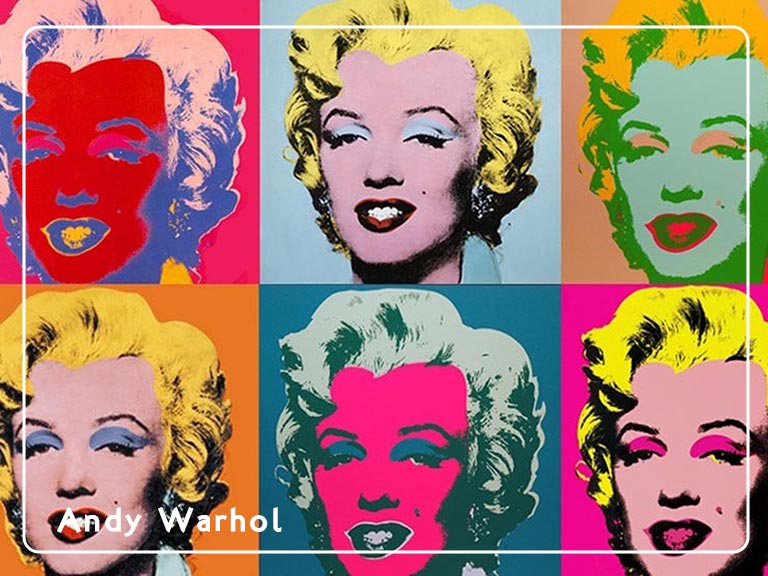Andy Warhol, an American artist, filmmaker, and leading figure of the Pop Art movement, revolutionised the art world with his unique approach to popular culture and consumerism. Through his vibrant and iconic artworks, Warhol challenged traditional artistic norms, blurring the lines between high art and everyday life. In this blog post, we will delve into the life, artistic journey, notable works, and enduring legacy of Andy Warhol.
Born on August 6, 1928, in Pittsburgh, Pennsylvania, Andrew Warhola (later known as Andy Warhol) showed early artistic talent. He studied pictorial design at the Carnegie Institute of Technology (now Carnegie Mellon University) and began his career as a commercial illustrator. Warhol’s background in commercial art would later influence his unique style and subject matter.
Warhol’s breakthrough came in the 1960s when he embraced the Pop Art movement, which celebrated popular culture and mass production. His artworks often featured familiar objects, celebrities, and consumer products, reflecting the influence of advertising and consumerism on society. Warhol’s approach was characterised by the use of vibrant colours, repeated imagery, and techniques such as silkscreen printing.
One of Warhol’s most iconic series is his portrayal of Marilyn Monroe. His colourful silkscreen prints of the iconic actress captured both her celebrity status and the darker side of fame. Warhol explored the concept of celebrity culture and its relationship with mass media, often blurring the lines between reality and representation. His Marilyn Monroe works remain iconic symbols of the merging of art, celebrity, and popular culture.

“Campbell’s Soup Cans” (1962):
This series of paintings, consisting of 32 individual canvases, showcased Campbell’s Soup cans as a quintessential symbol of American consumer culture. It challenged the notion of what could be considered art and became a defining work of the Pop Art movement. Some of these iconic pieces can be viewed at the Museum of Modern Art (MoMA) in New York.

“The Last Supper” (1986):
Warhol’s reinterpretation of Leonardo da Vinci’s masterpiece “The Last Supper” explored themes of religion and consumerism. In this series, he juxtaposed famous faces from pop culture, such as Elvis Presley and Marilyn Monroe, with the biblical scene. The series can be seen at The Andy Warhol Museum in Pittsburgh.

“Eight Elvises” (1963):
This iconic painting features eight overlapping images of Elvis Presley, exploring themes of fame, identity, and repetition. “Eight Elvises” was sold in a private transaction for a record-breaking price, becoming one of the most expensive artworks ever sold.

Andy Warhol’s influence on art and popular culture is immeasurable. His innovative approach to art continues to inspire artists across various disciplines. The Andy Warhol Museum in Pittsburgh, Pennsylvania, serves as a testament to his legacy, housing the largest collection of Warhol’s artworks and archival materials.
Tragically, Andy Warhol passed away on February 22, 1987, at the age of 58 due to complications from gallbladder surgery. His death marked the end of an era, but his impact on the art world remains profound.
Andy Warhol’s contributions to the art world, particularly through his exploration of consumer culture and celebrity, have left an indelible mark. His vibrant, iconic artworks continue to captivate audiences worldwide. The Andy Warhol Museum and various other galleries and museums house his works, offering visitors the opportunity to experience his artistic vision firsthand. Through his legacy, Warhol remains an enduring symbol of artistic innovation and cultural commentary.
If you would like to receive a roundup of all of our blog posts once a week to keep you inspired in your inbox, why not sign up to our newsletter. You can access our sign up at the top of our page. If you are a London Art College student and you would like your artwork featured here, drop us a line at any time.

